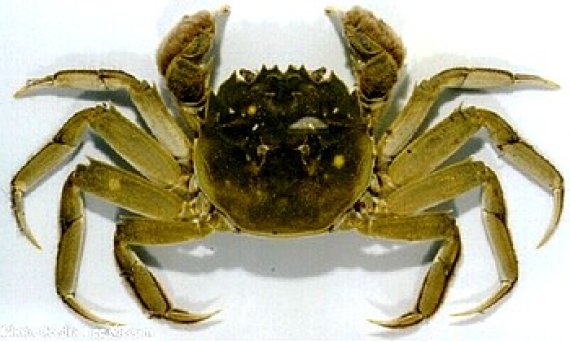Normal 0 21 false false false NL X-NONE X-NONE
Marieke de Lange of Alterra and entomologist Lidwien Raak studied the introduction of the Asian ladybird in Europe.
Introduced for the biological pest control of aphis in the nineteen nineties, this little bug is turning into a plague for the indigenous species, European ladybirds. Moreover, this exotic species, which has no natural predators in Europe, is becoming a nuisance in houses during the winter. But quite the opposite can happen too. The Chinese mitten crab, which popped up in Germany in the last century and then spread across Europe, supplanted the indigenous species and can do considerable damage to the fishing industry. However the undesired exotic animal increasingly appears to be a crab the Dutch fishers can profit from, a study by the LEI reveals. For many consumers in China, Korea and Japan, the mitten crab is a delicacy. That’s why there is a considerable potential market among Asian consumers in large European cities, according to the LEI, which also sees scope for export to China. In 2010 the fishers brought in 140 metric tons of mitten crab, at a price of around 10 euros per kilo. Considering the market potential, the profit could increase fivefold, according to LEI calculations for the Inland Fisheries Knowledge Network. The ‘useful’ Asian ladybird, on the other hand, has become a plague for which there is no longer a deterrent. The bug is now banned for use in biological pest control, but has already settled permanently in the Dutch countryside. The indigenous ladybird can only survive if it flees when encountering its Asian counterpart, Raak and De Lange discovered. The best way to combat this plague is to introduce a natural predator. Unfortunately history has shown that this is not without risk, because that predator could also devour the desirable species. The university has therefore developed an environmental risk analysis for natural predators of exotic species together with the Dutch government’s Plant Pathology Service.

